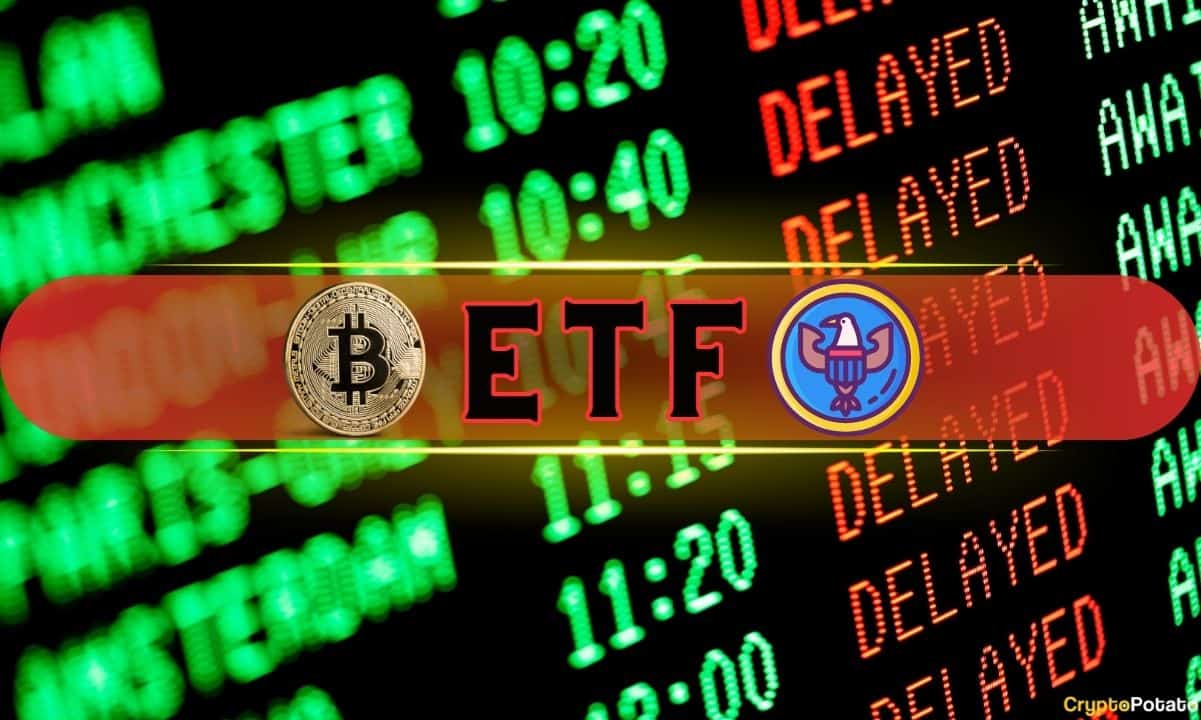Solana adoption came into focus this week following a debate on its transaction activity and network revenue.
Meanwhile, Kazakhstan introduced the first Solana exchange-traded fund with staking, confirming the coin’s adoption streak.
This gives the blockchain new recognition beyond the ongoing discussions about inflated usage numbers.
Justin Bons Defends Solana Adoption
Justin Bons, the founder of Cyber Capital, defended Solana’s adoption after questions were raised about the quality of its activity.
In his latest tweet, Bons said claims that Solana’s usage and revenue were fake are wrong.
He explained that even after subtracting failed transactions and consensus activity, Solana still led in transactions per second.
A user replied to his tweet that the problem was not whether the revenue was fake but whether it had lasting value.
According to the user, much of Solana’s income came from priority fees linked to memecoin activity.
This, they argued, did not show stable adoption but only short-term gambling trends.
However, Bons answered that blockchains had always attracted speculation in early stages.
He gave examples from Bitcoin’s Satoshi Dice period and Ethereum’s time of heavy NFT and ICO activity.
Justin added that speculation was part of decentralized finance and should not be viewed as a weakness.
In a separate tweet, Dave, another critic, said that Solana’s performance metrics were misleading.
He pointed to a bot that had processed almost eleven million transactions in thirty days, with 99.95% of them failing.
According to the update, Dave argued that these failed transactions still stayed on the ledger.
He said this made it harder and more costly for archive nodes and analytics providers to manage the full history of the chain.
Dave said low fees allowed bots to distort the network, turning transaction counts into what he described as vanity statistics.
He added that high numbers did not always mean real adoption. Bons responded by saying that the bot had paid for every failed transaction.
In his view, this meant the activity still generated revenue for the network. He stressed that ordinary users could still carry out their transactions without issues.
TPS Debate and Its Roots
The debate over Solana’s transactions per second is not new. It began with how the network reported performance.
Supporters highlighted Solana’s ability to process more transactions than competitors.
Critics, however, said a large share of those transactions came from failed attempts or automated systems with no clear economic use.
This disagreement showed how the industry often judged blockchains by transaction volume alone.
Bons, as well as others, viewed Solana’s numbers as proof of heavy usage and adoption.
Still, critics said the numbers inflated Solana’s image and confused investors. The back-and-forth between both sides reflected larger industry concerns.
Many market participants wanted a clearer picture of which statistics showed real adoption and which only showed system stress.
Solana ETF Launch in Kazakhstan
While the discussion over network data continued, Solana received new recognition thanks to a financial product.
Fonte Capital had reportedly launched a Solana exchange-traded fund with staking in Kazakhstan.
The product was listed on the Astana International Exchange. It was the first Solana ETF with staking in Central Asia.
The launch brought Solana into traditional finance in a new region. It showed that despite debates about transactions and adoption, institutional interest was still growing.
For Solana, the ETF was a sign that investors in different markets were paying attention. The introduction of the ETF gave Solana visibility outside the blockchain industry.
It marked a point where Solana is being offered in regulated investment channels. This development comes as arguments about its usage numbers and failed transactions continued.
Source: https://www.thecoinrepublic.com/2025/09/07/sol-adoption-is-real-solana-bags-unusual-validation-amid-bloated-tps-criticism/


